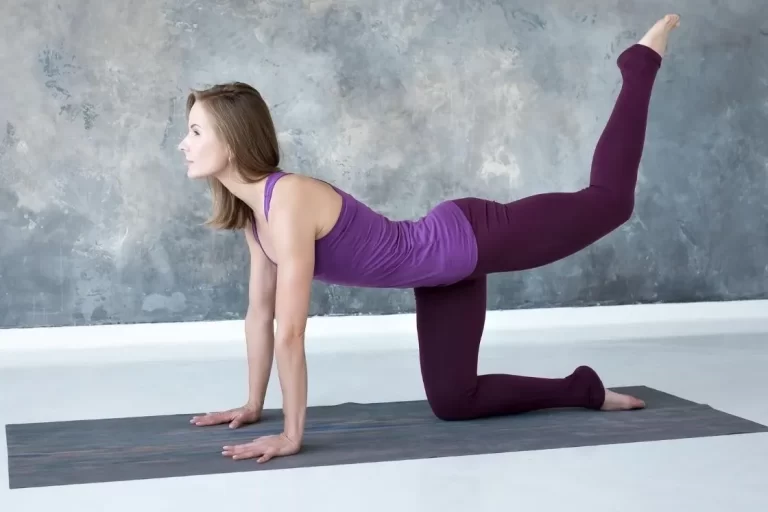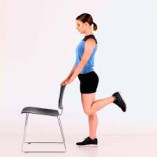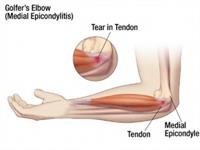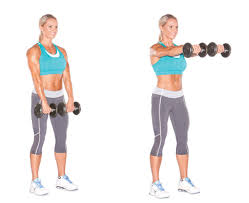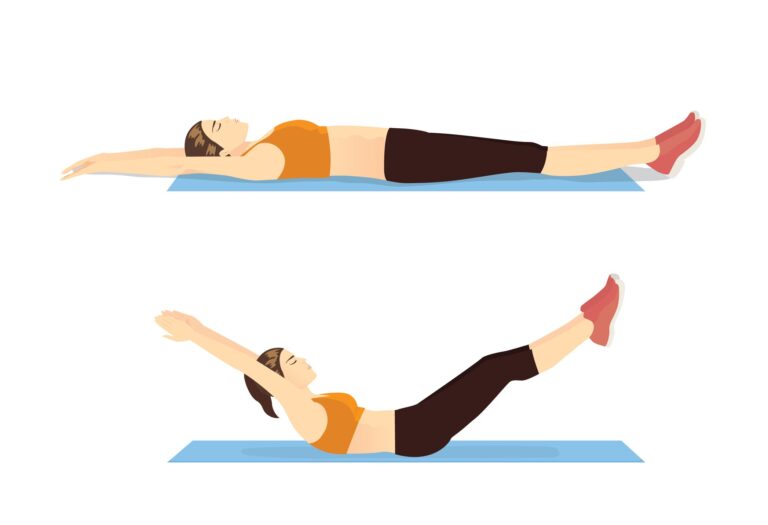Rotator Cuff muscles strengthening exercise: Health Benefits, How to Do?
Rotator Cuff muscles strengthening exercise is a great way to improve strength and stability of shoulder joint and also reduces the risk of Rotator cuff injury risk and many health benefits associated with this exercise.
What is the Rotator Cuff?
The Rotator cuff is a group of 4 muscles and their tendons. which helps to provide strength and stability to your shoulder joint during its movement. These four muscles are the supraspinatus, infraspinatus, subscapularis, and the teres minor. These originated from your scapula and connect to the humeral head, forming a cuff around your glenohumeral joint.
What are the functions of the rotator cuff muscles?
The rotator cuff muscles work in tandem for executing a variety of upper limb movements, which may include shoulder flexion, abduction, and internal and external rotation. The rotator cuff plays an important role in any shoulder-related actions and is essential in providing stability to your shoulder joint while assisting in keeping the head of your humerus within the small glenoid fossa of the scapula. any abnormality that occurs in the rotator cuff group of muscles can lead to shoulder pain and discomfort, reduced or impaired functional capacities, and may also affect your daily activities and negatively impact your quality of life.
The shoulder joint is a ball-and-socket joint that connects the upper arm bone to the shoulder blade. These rotator cuff muscles attach to the bones of the shoulder joint, and these make the rotator cuff. Doing these exercises can help you to prevent injury to the shoulder joint. The rotator cuff has many functions. The muscles do the following: center the upper arm bone in the socket of the shoulder joint and hold it there power arm and shoulder movements
The shoulder joint is the most mobile joint in the body. It is possible to misuse or overuse this joint, which makes it very easy to injure the rotator cuff and other parts of the shoulder.
People can help prevent injuries by performing these exercises to keep the rotator cuff muscles strong and flexible.These muscles can be prone to inflammation and tears if you do the same overhead motions too much. An important way to reduce tears or rotator cuff injury is to make sure these muscles are strong enough. These exercises below will show you how to do just that to prevent injury and pain.
Health benefits of Rotator cuff muscles exercises.
- This exercise is designed to build muscle around your shoulder joint.
- Helps to reduce pain in shoulder joint: This exercise will strengthen muscles, and stronger muscles provide your joint with better support. One danger of shoulder arthritis is that every person avoids activities that cause pain or discomfort, causing shoulder muscles to atrophy.
- Helps to maintain function and activities of daily living like pushing and pulling the objects.
- Helps to support healthy cartilage. Joint cartilage needs motion and a certain amount of stress to stay healthy. Synovial fluid is stored in cartilage like water in a sponge.
- Helps to improve shoulder joint range of motion and its function.
- This exercise gives stability and it can help you to prevent bone dislocation as well as protect bones from impact and friction, thereby reducing pain
Different types of Rotator cuff exercises:
Arm reach
How to do it?
- To perform an arms reach, you should Lie flat on the back, straighten your arms and legs, and brace the abdominal muscles.
- Reach your right arm toward the sky, lifting it until the shoulder blade comes off the ground.
- Hold this for five seconds.
- Return arm to the ground.
- Repeat on the left side.
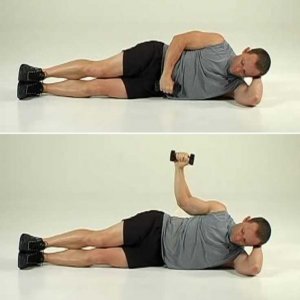
Lying down the external rotation
How to do it?
- For this exercise you have to Lie on the left side of the body on a firm surface, holding a dumbbell in the right hand.
- Flexed the right elbow to ninety degrees, keeping the right arm against the side of the body and letting the weighted hand rest toward the ground in front of the body.
- Keeping the elbow against the side of the body, rotate the arm at the shoulder, bringing the dumbbell toward the ceiling.
- Slowly lower the weighted arm back to the initial position.
- Repeat on the left side of the body.
- Place a small towel roll in the armpit while performing this exercise to decrease stress on the shoulder joint.

Pendulum
How to do it?
- For this exercise, you have to lean forward with your right arm hanging freely. use the left arm to brace against a chair for support.
- Lean forward with one arm hanging freely. Use the other arm to brace against a chair for support.
- Gently swing the right arm from side to side, forward and back, and in a circular motion.
- Slowly go back to a standing position.
- Repeat on the left side.
High-to-low rows
How to do it?
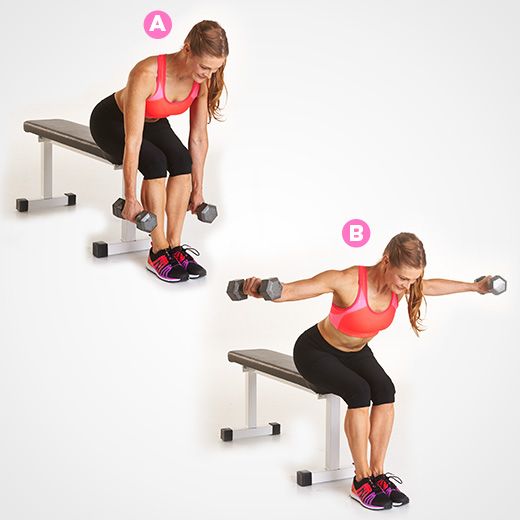
- To perform a high-to-low row Attach a resistance band to some steady object at or above shoulder height. Be sure it is secure so it does not come to loss when you pull on it.
- Get down on a single knee so the opposite of your injured arm is raised. Your body and lowered knee should be aligned. Rest your other hand on your raised knee.
- Grab the band securely with your arm outstretched, and move your elbow toward your body. your back should be straight and squeeze your shoulder blades together and down as you pull.
- Your body should be stable as compared with your arm.
- Return to start and repeat 2 sets of 15repetitions.
Reverse fly
How to do it?
- For the reverse fly exercise, you have to Stand with your feet shoulder-width apart and your knees slightly flexed. your back should be straight and bend forward slightly from the waist.
- With a light dumbbell in both hands, straighten your arms and raise them away from your body.
- Don’t lock your elbow. Contract your shoulder blades together as you do so. Don’t raise your arms above shoulder height.
- Return to start and repeat 2 sets of 15 repetitions.
Lawnmower pull
How to do it?
- For the Lawnmower pull you have to Stand with your feet shoulder-width apart. Place one end of a resistance band under the foot opposite your injured arm. Hold the second end with the injured arm, so the resistance band goes diagonally across your body.
- Keep your other hand on your hip and without locking your knees, flexed slightly at the waist so the hand holding the band is parallel to the opposite knee.
- As if starting a lawnmower in slow motion, straighten upright while pulling your elbow across the body to your outside ribs. your shoulders should be relaxed and squeeze your shoulder blades together as you stand.
- Repeat 2 sets of 15 repetitions.
When did you not do Rotator Cuff muscles strengthening exercise?
- If your shoulder joint is recently injured.
- If the arm bone is recently fractured.
- If you have severe pain in your joint.
- If your doctor advised you to take a rest.
- If you feel any pain or discomfort during these exercises then stop immediately and consult your therapist or doctor.

